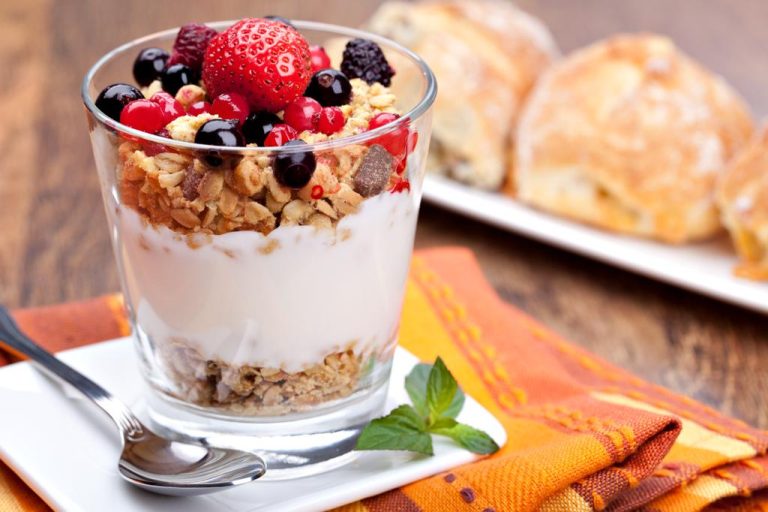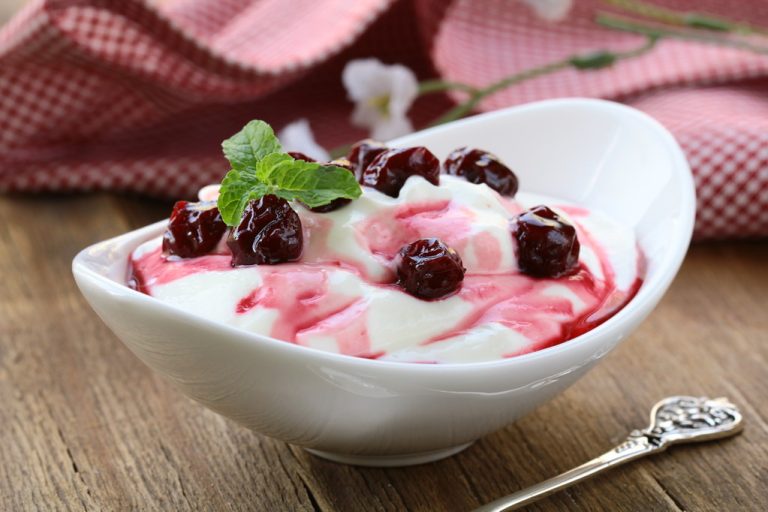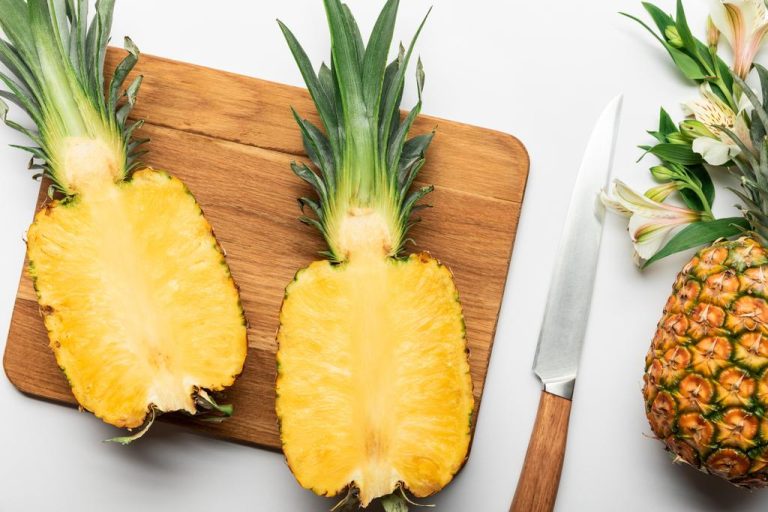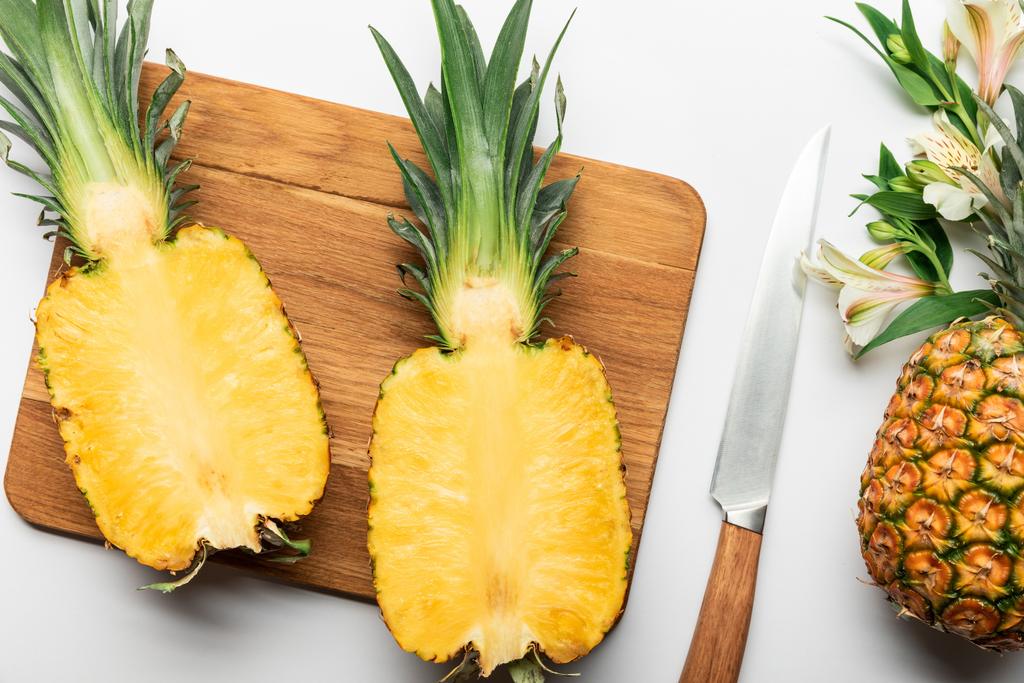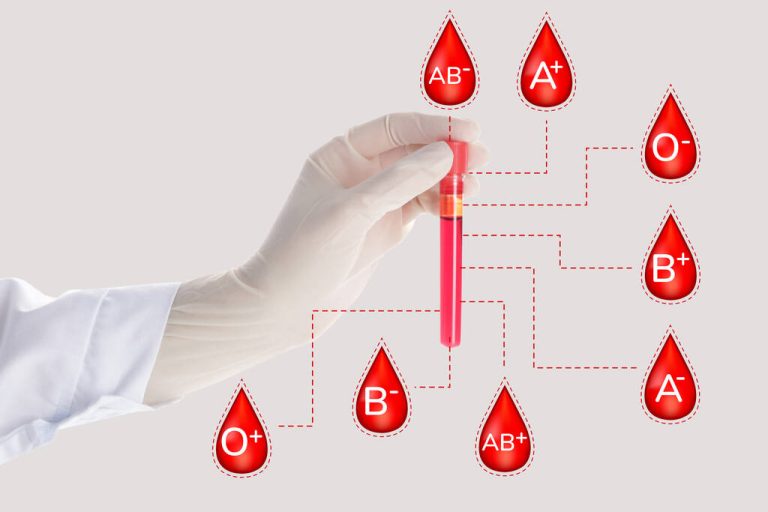Natural home remedies for low blood pressure help you raise your blood pressure in a gentle way. Too low blood pressure has negative side effects.
Treat low blood pressure
Many people in Germany suffer from low blood pressure. Although low blood pressure is not nearly as dangerous as high blood pressure, many unpleasant disruptions in everyday life can also occur with low blood pressure.

If the blood pressure is too high, consider home remedies for high blood pressure. These will be discussed in a separate article. Here you will find all the causes, tips, and home remedies that you need to consider if your blood pressure is too low and that can help you.
Symptoms of low blood pressure
Blood pressure below 100/60 causes a feeling of tiredness and sluggishness. Severe dizziness is the main symptom of low blood pressure. Dizziness usually occurs in the morning or when getting up.
Affected people feel dizzy and their eyes often flicker. Fatigue can also be a sign, as can fainting spells. But increased irritability, lack of concentration, ringing in the ears, shortness of breath, loss of appetite, depression, and constant tiredness can also be signs of low blood pressure.
However, dizziness can also have causes other than low blood pressure. For this reason, we have also collected home remedies for general problems with the circulatory system. There you will find more tips, also against other causes of dizziness.
Low blood pressure – what to do?
If your blood pressure is too low, natural home remedies can help. Although they do not replace a visit to the doctor, they can be used in addition to alleviating the symptoms. If you suspect that you are suffering from low blood pressure, then go to your family doctor and have yourself thoroughly examined.
1) Salty foods
If you suffer from low blood pressure, then it is advisable to eat salty things. Always season your food properly, eat licorice, or nibble on pretzel sticks in between. Make sure you eat enough salt because salt increases blood pressure.
2) Caffeine
Drink caffeinated beverages like coffee, tea, or cola. You should only drink coffee and cola in moderation. However, tea can be consumed throughout the day. It’s best to make a good mix of everything – for example coffee in the morning, tea and a glass of Coke at noon, coffee or tea in the afternoon, and only tea in the evening. Caffeinated foods help raise your blood pressure.
3) drinking
If your blood pressure is too low, you should always drink enough. Make sure you drink at least two liters a day. Even three to four liters a day would be better. Unsweetened teas, light fruit juice spritzers, and water are ideal for this.
4) contrast showers
Contrast showers help you against low blood pressure. Here you always alternately shower with warm and cold water. You should always end the contrast shower with a cold shower. If a full-body shower is too much for you, you can limit the alternating shower to just your legs.
5) Sauna
A visit to the sauna can work wonders for low blood pressure. After each visit to the sauna, you should cool down immediately and quickly, for example with a cold bath or – if available – ice cubes. This increases blood pressure. After cooling down, you should rest for 10 to 30 minutes and drink enough.
6) Regular exercise
Regular exercise also ensures that low blood pressure is permanently raised. The sport is usually irrelevant. Nevertheless, top performance should not be aimed for, but rather endurance sports should be practiced. We have collected suitable sports for you both in summer and in winter.

For example, an hour of leisurely cycling is ideal for getting your blood pressure going. On the other hand, cycling at full power for a quarter of an hour only has a short-lasting effect. Hiking, running, and swimming are also good for health and good for fighting low blood pressure.
Exercise and sport are important points in the fight against low blood pressure. All endurance sports such as running, jogging, walking, swimming, or cycling are ideal. If you are no longer able to exercise, always try to get up slowly and calmly and go for a walk. Always do as much as you can and don’t overtax your body.
7) Lie higher at night
If you struggle with low blood pressure, especially in the morning, it may indicate that your blood pressure is dropping as you sleep. Then pack more pillows under your head at night. This prevents a drop in blood pressure at night and ensures a healthy Sch








